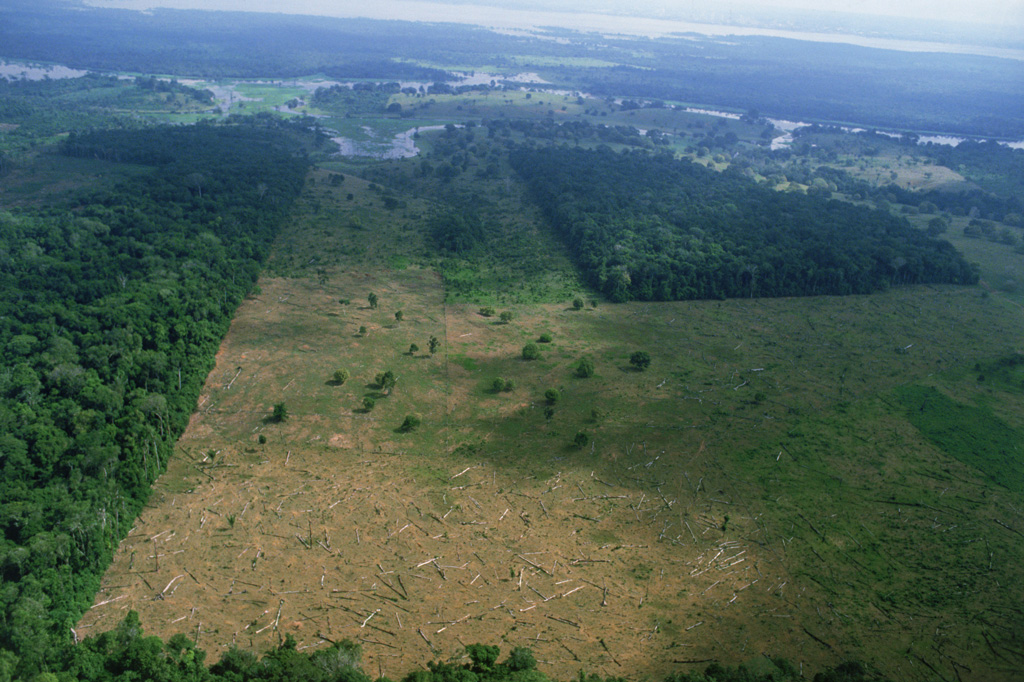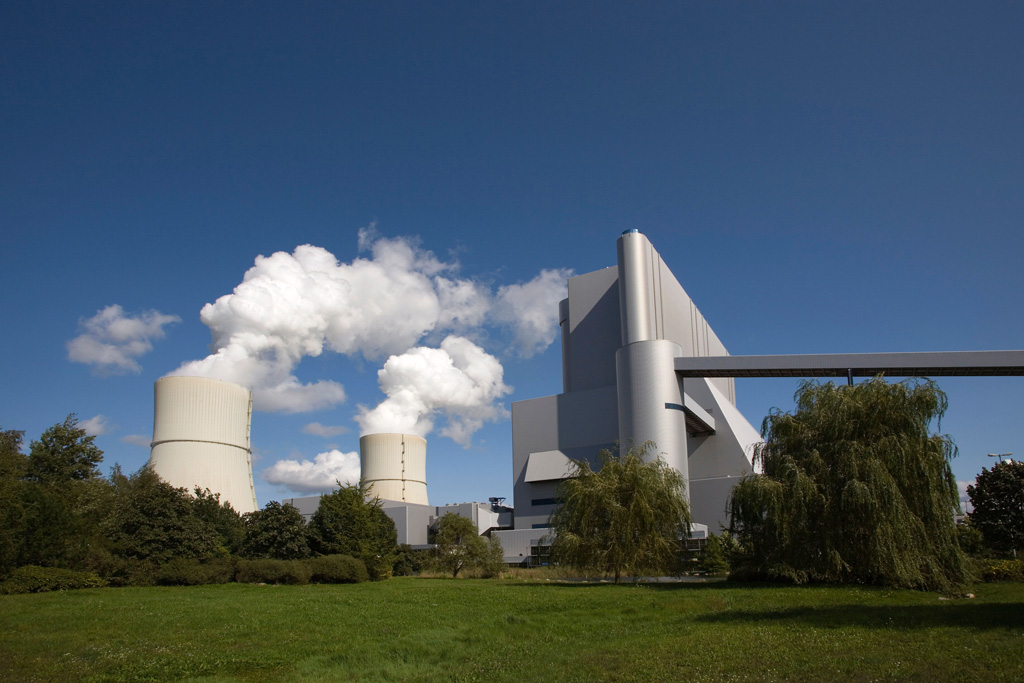Large-scale carbon dioxide removal (CDR), also referred to as “negative emissions”, is increasingly seen as a key component of climate change mitigation pathways that limit warming to 1.5C or 2C.
Its prominence in global pathways derived from technologically focused integrated assessment models has spurred a growing scientific literature that explores the potential opportunities, risks and trade-offs of relying on CDR.
This literature – even when it questions the assumptions and feasibility constraints underpinning large-scale CDR – tends to frame the various CDR approaches as novel and untested, and mostly focuses on hypothetical future scenarios. Yet CDR has a longer and, in many ways, more tangible history than this framing suggests – the lessons of which are largely overlooked in much of the current debate.
In our new paper, published in WIREs Climate Change, we review this history and draw out some key lessons for scaling up implementation of CDR.
The carbon removal debate
While technological and industrial CDR methods – such as direct air capture and enhanced weathering – are relatively new entrants to the mainstream climate conversation, land-based CDR has been on the climate agenda for decades. In anything but name, it has been part of the mainstream climate discussion at least since the 1990s.
Negotiators at international climate talks debated the inclusion and definition of carbon sinks and carbon sequestration in the Kyoto Protocol for years, before finally settling on rules that allowed net carbon accounting from anthropogenic land use, land-use change and forestry – excluding avoided deforestation.
Land-based CDR has since made its way into various policy mechanisms, mostly in the form of forestry projects in the global south. It has played a minor part in the Clean Development Mechanism – the compliance offsetting market established under the Kyoto Protocol – and has featured more significantly on the voluntary carbon market, where individuals and companies can choose to offset their emissions by investing in sustainable development projects.
CDR is also included in REDD+, the UN’s flagship policy to reduce both deforestation and forest degradation. REDD+ mechanisms have been a contested discussion point in international climate negotiations since 2005.

While none of these projects has occurred at anything near the scale now imagined in modelling studies, these historical experiences are of direct relevance to the current conversation on negative emissions.
They contain important lessons about, for example, the obstacles and opportunities for implementing and governing CDR; the risks and challenges with integrating CDR in carbon markets; the concerns of, and impacts on, rural and indigenous communities; and the trade-offs with existing land uses and with other sustainable development goals.
However, much of this history remains invisible in the negative emissions literature, where CDR appears to exist only in models. Concerns about justice, feasibility and tradeoffs with other sustainable development goals are mostly framed as hypotheticals, as something we can learn about through scenario analysis rather than from real-world experience. With some notable exceptions, CDR features in the literature as a future promise rather than an idea with a contested material and political history.
Our review focuses mostly on the history of land-based removal by way of forestry interventions and derives some key insights from this literature for the discussion on negative emissions. We argue that taking these lessons seriously is key if we are to avoid repeating some of the same mistakes.
Embracing the inevitable politics of carbon removal
First, our review highlights just how politically laden the historical debate about CDR has been. Negative emissions discussions are often framed in seemingly apolitical, technological and economic terms, yet the long history of CDR shows how every step of this conversation – from the research itself all the way down to the implementation of CDR projects – is infused with politics.
One of the more widely discussed examples is the concern that a focus on removal will divert attention away from more near-term emission reductions and, therefore, plays in the hands of vested interests.
The history of carbon sink discussions shows that these are more than just theoretical concerns. For example, the inclusion of carbon sinks in the Kyoto Protocol happened mainly because it was an explicit demand by a grouping of countries (including the US, Canada, Australia and Norway) concerned about the high economic costs of mitigation.
Similarly, governments and companies with a vested interest in continued fossil-fuel extraction have been some of the most active supporters of technologies such as carbon capture and storage (CCS) and policy mechanisms such as REDD+. There is a clear logic to this, given that CDR enables a more gradual phase-out of fossil fuel production and consumption, therefore alleviating some of the economic concerns about rapid near-term decarbonisation.
Taking this history seriously means moving beyond a discussion on whether CDR could theoretically lead to delayed mitigation action to a conversation on how and through what mechanisms this happens – and how to deal with it.
A precarious political economy
Second, our review highlights that focusing on the future potential of CDR tends to downplay the possibility to learn from past policies.
This is particularly important because negative emission technologies have long been surrounded by great hopes of imminent and cost-effective climate mitigation, which they have since failed to live up to.
For example, CCS has failed to take off at a commercial scale, despite being considered as an important component of the climate change mitigation portfolio for close to two decades. Similarly, land-based removal policies centered around REDD+ or afforestation and reforestation have failed to take off in any significant way and, in any case, have been unable to counteract the drivers that underpin continued deforestation.

It seems reasonable that any analysis of negative emissions projections and policies should start from an understanding of such past failures, as well as remain open to truly different approaches rather than ones that lock in some of the same dynamics and processes that have followed before.
This is particularly relevant for the role that carbon markets can play in scaling up negative emissions technologies. Offsetting schemes – purchasing carbon savings elsewhere to compensate for carbon emissions – have recently experienced a revival, embraced by a new wave of CDR entrepreneurs. However, their history is characterised by significant market volatility and underperformance, while their environmental and socioeconomic track record has long been questioned.
The implementation of offsetting projects has proven significantly more challenging – and resource-demanding – than initially recognised. This has often resulted in numerous trade-offs and contradictions in the simultaneous pursuit of equity, environmental protection and cost effectiveness.
Given this history, it seems unlikely that offsetting markets by themselves would be able to mobilise the kind of resources needed to scale CDR in a sustainable way.
Uneven geographies of removal
Much of the empirical experience with land-based CDR comes from tree-planting and forest conservation projects in the global south, which means that silence on the history of CDR is also a silence on the often disappointing and, at times, outright negative experiences of poor and rural communities.
The search for cost-effective CDR has long made the global south a seemingly attractive space for implementing, for example, afforestation projects. Over the years, this has given rise to extensive controversies, evaluations and debates, especially concerning their impacts on local communities.
Several afforestation and REDD+ projects, for example, have been accompanied by instances of dispossession and human rights abuse. In other cases, vulnerable and politically marginalised communities end up carrying the risks if projects fail. All too often also, communities have little say over how projects are developed and implemented, and promised benefits fail to materialise or end up being distributed unevenly.
The intersection between conservation, land use and rural development is a complex one. The negative emissions research and policy agenda needs to be mindful of this to avoid knock-on impacts, such as uneven development and reinforcing global inequalities.
There are ample opportunities to learn from these experiences, so as to design CDR policies that truly benefit local and indigenous communities. But these typically require broad legislative and institutional reforms that go far beyond what is normally considered the realm of climate policy.
In sum, then, our review highlights opportunities for reframing the negative emissions debate in ways that recognise the continuities with past carbon sinks and carbon sequestration policies.
This allows for asking a different set of questions that are focused not just on hypothetical potential, but on how we can do things differently from before. For example, where do differences and similarities lie? And how might these inform just and sustainable mitigation scenarios?
Such questions acknowledge that the implementation of negative emissions policies should proceed from a social and political landscape based on existing experiences, expectations, understandings and disappointments, and not from a blank slate.
The post Guest post: Learning from the contentious history of ‘carbon removal’ appeared first on Carbon Brief.










